Billionaires, bilingual brains and bog bodies: a year in Cambridge research
Billionaires, bilingual brains and bog bodies: a year in Cambridge research
In 2023, Cambridge University Press published over 27,000 articles across more than 400 journals. Here are some highlights.
By Rosalind Moran
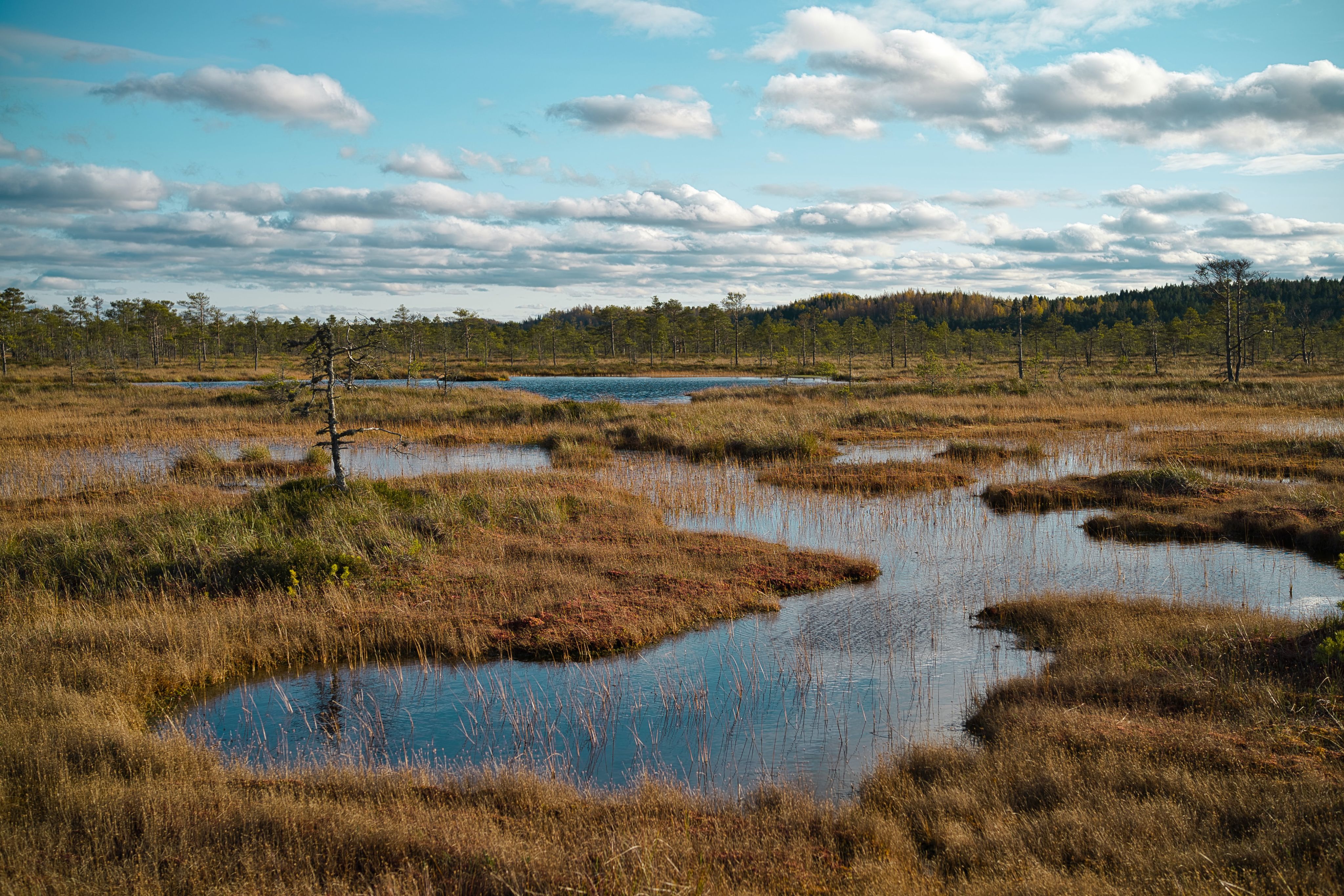
Cambridge University Press is a global hub for high-quality research produced by experts all around the world. Each year, we publish thousands of academic research papers in over 400 peer-reviewed journals, spanning subjects ranging from archaeology to materials science; from music to sociology.
To convey the breadth and depth of research published by the Press, here's a selection of research articles that sparked readers’ curiosity this year, and caught the attention of international media.
Research highlights
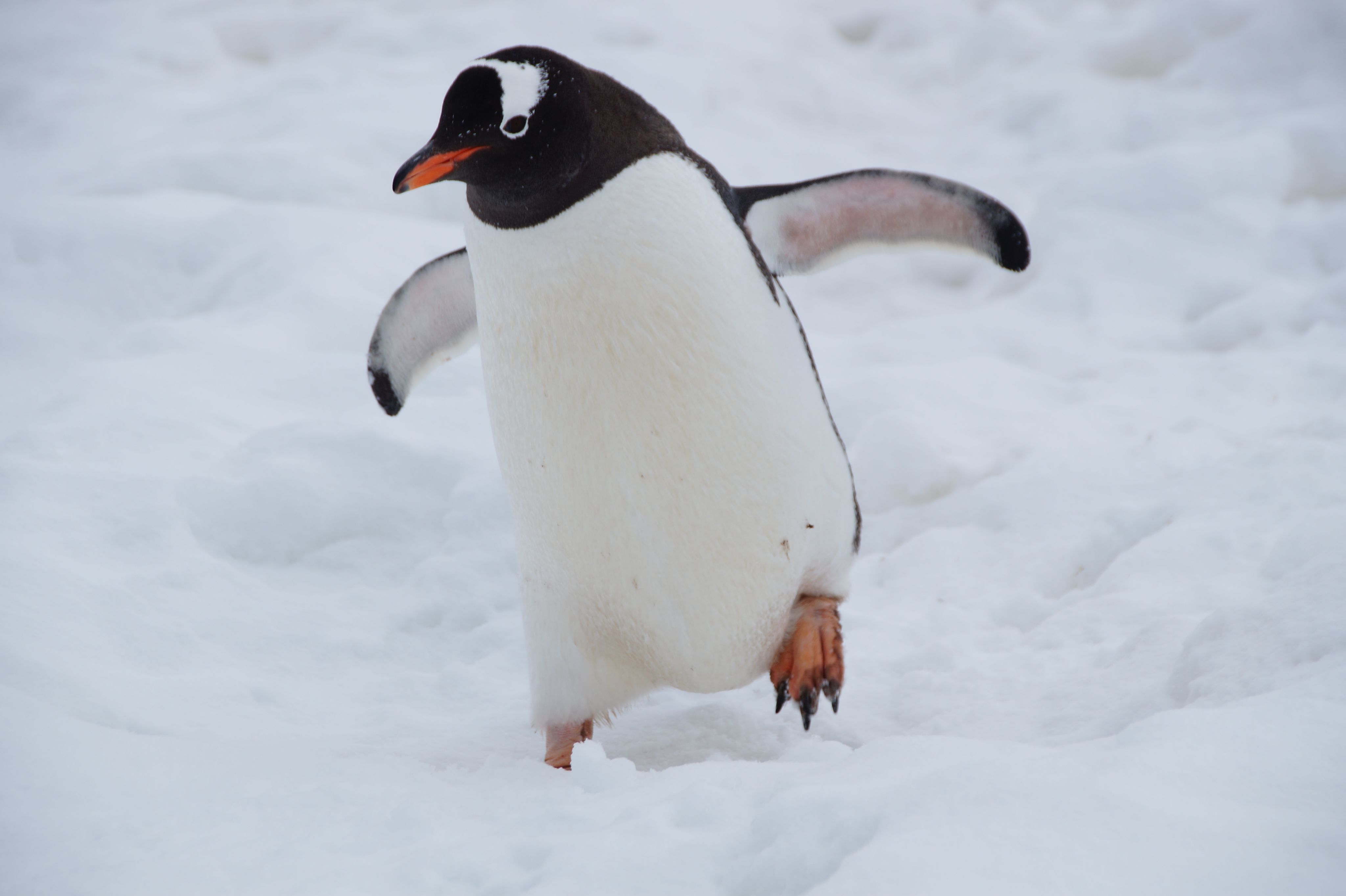
Discovering the fossil of an enormous penguin in New Zealand
In the Journal of Paleontology, published by Cambridge University Press on behalf of The Paleontological Society, palaeontologists detailed unearthing new specimens of penguins from the late Paleocene era, among which is included the newly named Kumimanu fordycei, which is biggest ancient penguin yet. Kumimanu fordycei weighed approximately 340 pounds and lived in New Zealand more than 50 million years ago.
These findings were covered by Knowledia, Discover Magazine, CBC, USA Today, and others.

How bilingual brains are better at withstanding distractions
Researchers Grace deMeurisse and Edith Kaan tested differences in attentional control between bilinguals and monolinguals. They found that bilinguals were more adept at ignoring irrelevant information, potentially due to their ability to switch between two languages.
This research was published in Bilingualism: Language and Cognition, and was covered by outlets including Scienmag, The Jerusalem Post, and others.

The French love letters lost for 265 years
Professor Renaud Morieux spent months decoding over 100 letters that were sent to French sailors by their fiancées, wives, parents and siblings in 1757-8, but which were never delivered. He published his findings in Annales. Histoire, Sciences Sociales, published by the Press on behalf of Éditions EHESS.
This research, originally publicised by the University of Cambridge, captured the attention of people worldwide, with coverage in outlets including BBC, NPR, The Guardian, CNN, The Telegraph, The Independent, and many others.
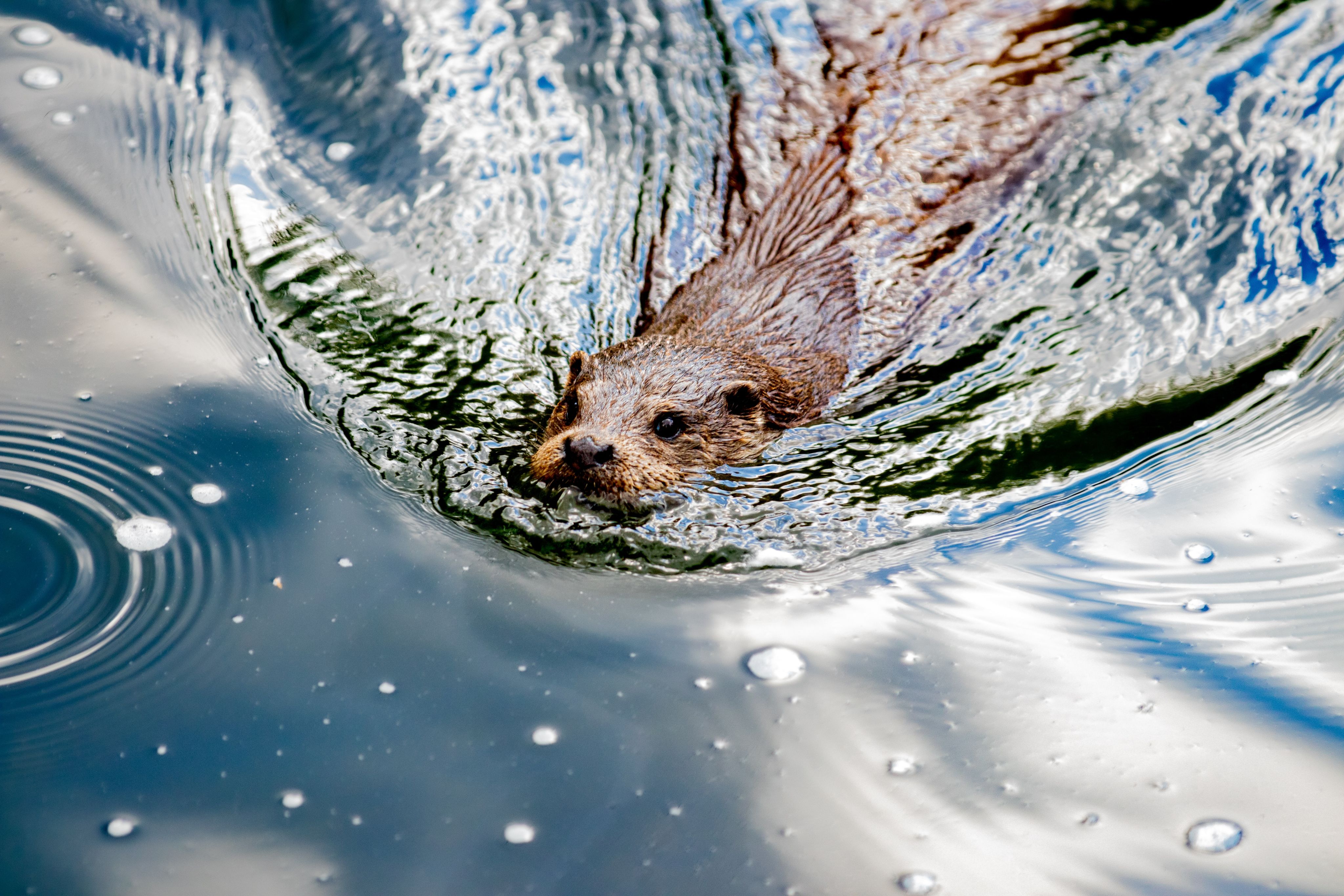
The forgotten lives of Eurasian otters in Hong Kong
Hong Kong is one of the world’s busiest metropolises, and the Eurasian otter Lutra lutra is among its most threatened wildlife. Dependence on lowland wetlands makes it particularly susceptible to human disturbance, and the low-lying region within Hong Kong where most otters can be found has been earmarked for a government-led mega development plan.
In a paper in Oryx—The International Journal of Conservation, published by the Press on behalf of international wildlife conservation charity Fauna & Flora, researchers Michael Ka You Hui and Bosco Pui Lok Chan detailed how they analysed a 131-year longitudinal dataset showing the distribution and abundance of the Eurasian otter in Hong Kong. They found that the species was much more widespread and common in historical times.
This research was covered by outlets including Focusing on Wildlife, Scienmag, Newswise, and HKALPO.

Developing new sand-based construction materials for sustainable architecture
This year, researchers successfully grew bacterial cells in potential sand-based construction materials. This breakthrough was detailed in a paper published in Research Directions: Biotechnology Design.
This achievement – made by Perla Armaly, Lubov Iliassafov, Shay Kirzner, Yechezkel Kashi, and Shany Barath – marks a substantial contribution to the field of biodesign, which seeks to incorporate living organisms into building materials as a means of making architecture more sustainable. It is effectively a fusion of biological and architectural expertise, with the shared goal of building better.
Cyanobacteria could enable the solidification of inorganic materials such as CO2, as they hold a range of biological activities that impact their environment. The integration of living organisms into design processes may consequently prove highly valuable within industries such as construction.
This research appeared in outlets including Tech Xplore, Nanowerk, and The Microbiologist.

How AI content is perceived more highly than content produced by human experts
In a paper published in Judgment and Decision Making, the official journal of the Society for Judgment and Decision Making (SJDM) and the European Association, researchers Yunhao Zhan and Renee Gosline found that content generated by artificial intelligence (AI) is perceived as being of higher quality than content produced by human experts. They also found that revealing the source of content production reduces, but does not reverse, the perceived quality gap between human- and AI-generated content.
This research was covered by Forbes and elsewhere.

Learning from ‘bog bodies’ found in mires across Northern Europe
Researchers Roy van Beek, Cindy Quik, Sophie Bergerbrant, Floor Huisman, and Pikne Kama presented the first large-scale overview of well-dated human remains from northern European mires. This overview was based on a database of 266 sites and more than 1000 bog mummies, bog skeletons, and partial skeletal remains.
They found that overwhelming numbers of those found in bogs and mires met violent ends, and that nearly all of them were placed in bogs intentionally.
This research, which appeared in Antiquity - published by the Press on behalf of the Antiquity Trust - was covered by National Geographic, IFL Science, and many others.
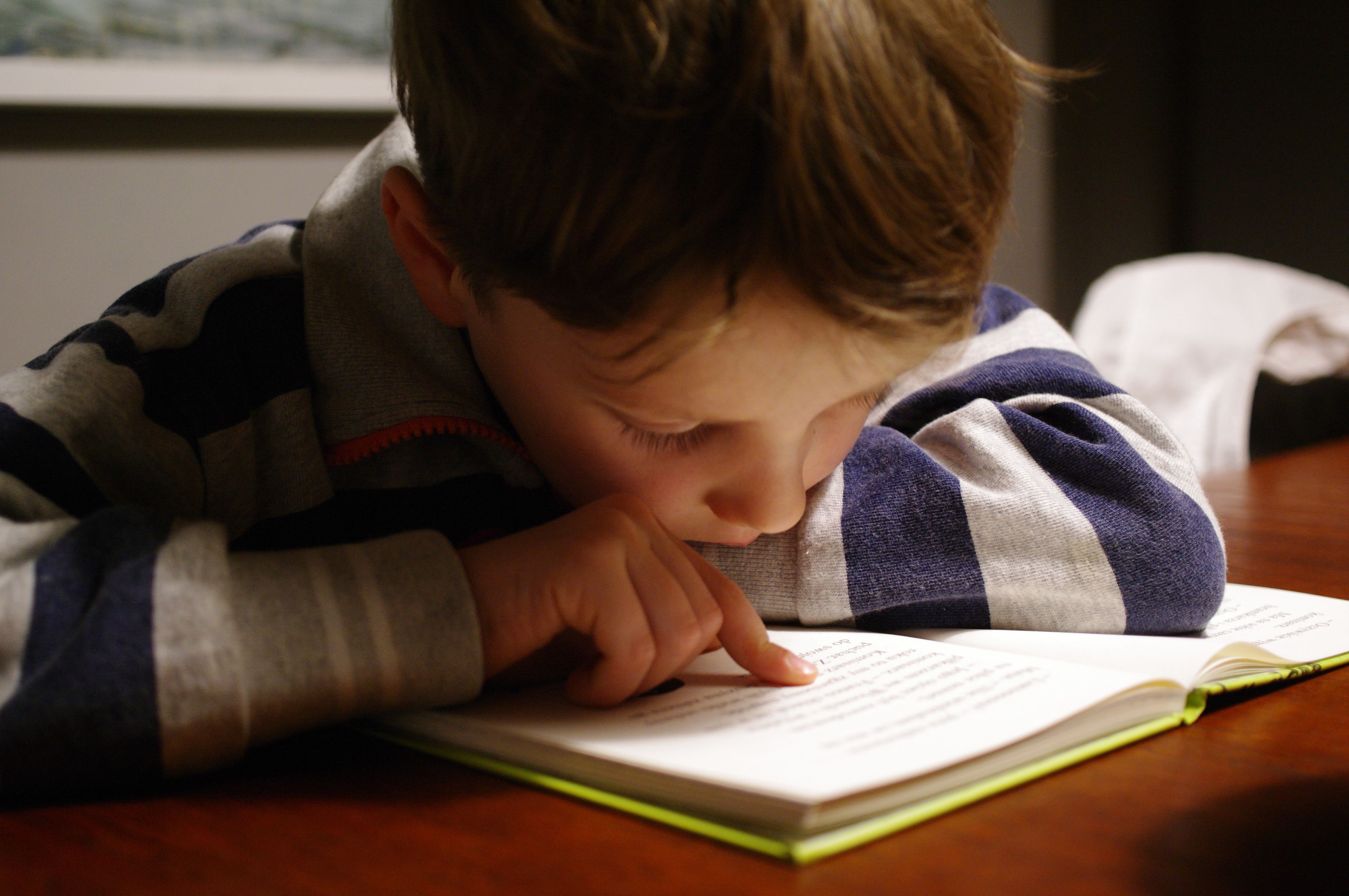
Reading for pleasure in early childhood helps brain development
By analysing over 10,000 adolescents, researchers produced findings which – for the first time – revealed the important positive impact that reading for pleasure has on subsequent brain and cognitive development and mental wellbeing.
There was also a correlation between reading for pleasure in early childhood and better educational attainment in adolescence.
These findings, published in Psychological Medicine, were reported on by Scientific American, CNBC, The Times of India, and others.
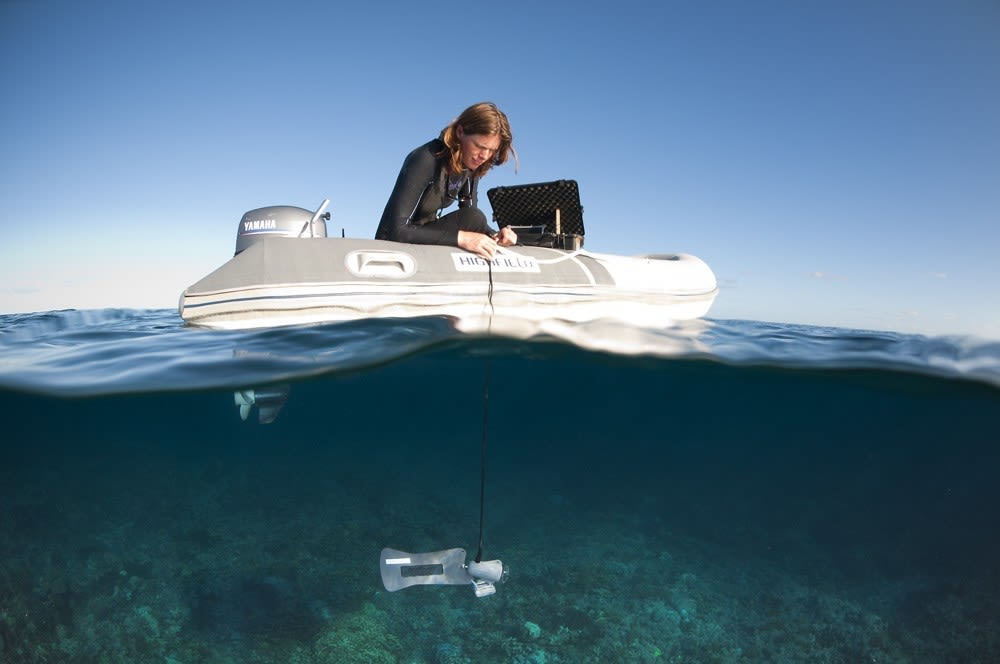
Unearthing gender inequalities and sexual harassment in the coastal sciences
Research published in Cambridge Prisms: Coastal Futures into the experiences of women working in coastal sciences worldwide brought important and disturbing findings – at long last – to light.
The research – conducted by Sarah M. Hamylton, Hannah E. Power, Shari L. Gallop, and Ana Vila-Concejo – found that harassment during fieldwork is common. This can include sexual objectification of female researchers wearing fieldwork attire like wetsuits or swimsuits, or harassment when sleeping in close quarters on boats. Gender stereotyping and discriminatory assumptions about women’s ability to perform fieldwork tasks can also limit women’s opportunities before they so much as see the ocean, with women in the field frequently being left out from fieldwork and passed over for appointments in favour of men.
The paper was notably peer reviewed by leading women coastal researchers across different continents – for the paper’s findings apply globally, including when factoring in considerations like cultural variations. The research was covered by outlets including The Naked Scientists and The Conversation.

11% of the world’s billionaires have held or sought political office
Researchers Daniel Krcmaric, Stephen C. Nelson, and Andrew Roberts analysed the political participation of over 2,000 individuals included in the Forbes Billionaires List. They found that 11% of the world’s billionaires have held or sought political office; 75% of positions that billionaires have held or sought are at the national level; and the rate of billionaire political participation across all autocracies is 29%, while the rate in all democracies is about 5%. They also found that billionaires focus their political ambitions on influential positions, have a strong track record of winning elections, and lean to the right ideologically.
Their research appeared in Perspectives on Politics, a Press journal published on behalf of the American Political Science Association. It also attracted significant international coverage, including in CNBC, BNN, the LSE Blog, and The Hustle.
To read more of the research published in Cambridge journals, visit Cambridge Core.
Billionaires, bilingual brains and bog bodies: a year in Cambridge research
In 2023, Cambridge University Press published over 27,000 articles across more than 400 journals. Here are some highlights.


